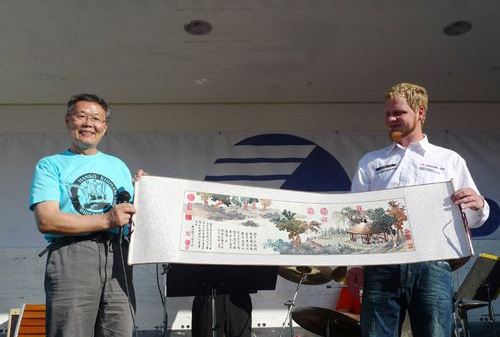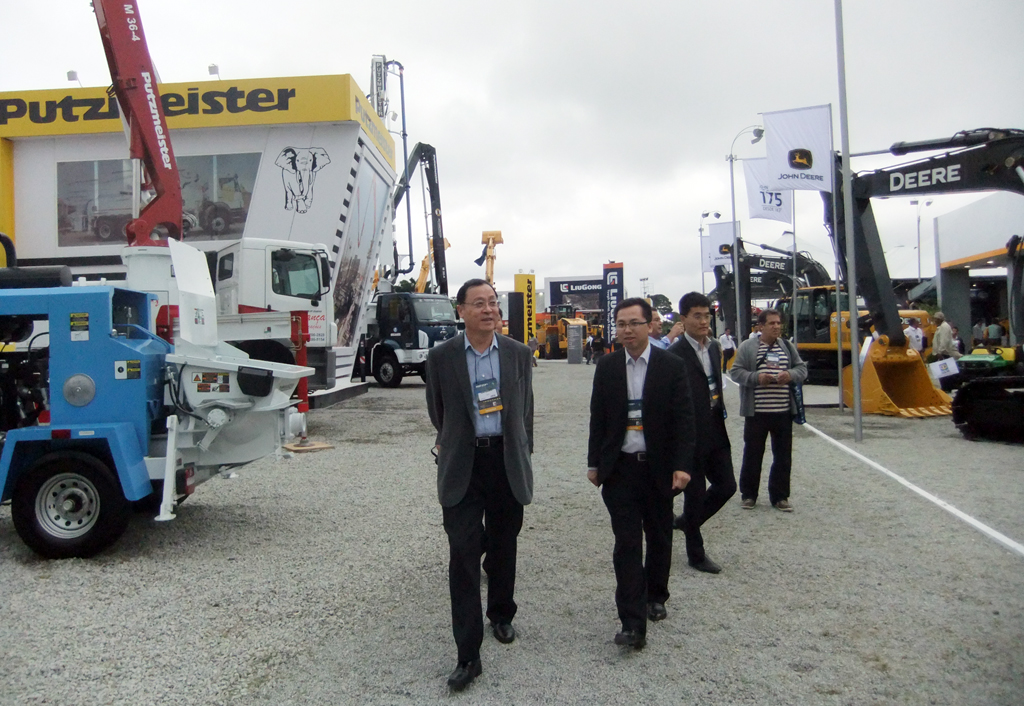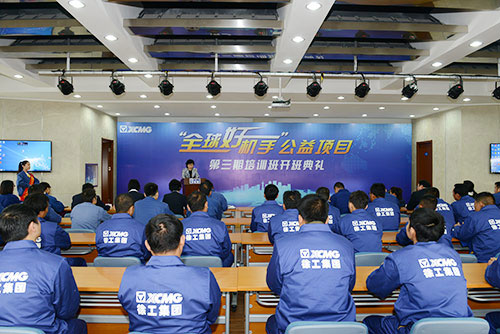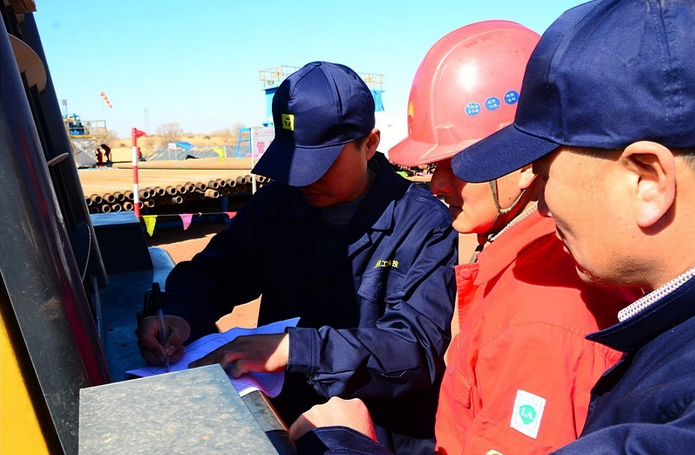May 17, 2017
Two SDLG wheel loaders are enabling the rebar installation contractor to reduce labor costs, enhance safety and attract new talent.

The loaders are fitted with 12-ft. forks to move 40-ft. bundles of rebar, with many of the loads weighing up to 6 tons.
MCL Contracting, LLC, is a woman-owned subcontractor specializing in rebar installation. The Richland Hills, Texas-based company turned a routine equipment purchase into a lucrative capital investment as it began using loaders to work out an improved method of placing rebar for continually reinforced concrete paving.
“Our company installs reinforcing steel for concrete paving jobs in Texas and Oklahoma,” says Megan LaPointe, president of the woman-owned company. “It’s heavy labor work.
“We were dependent on the general contractor to unload and move heavy rebar on the jobsite and vulnerable to their schedule, so we wanted to get a little more control over our operations,” says LaPointe. “We only needed the wheel loaders working a few hours each day, so purchasing more expensive loaders didn’t make sense.”
The company chose the 4.0-cu.-yd. capacity SDLG LG959 model to meet its capacity needs. The two loaders are fitted with 12-ft. forks to move 40-ft. bundles of rebar with many of the loads weighing up to 6 tons.
The loaders work in conjunction with a Combilift multidirectional forklift to automate the rebar handling process, making the job less physically demanding, as well as more efficient. As a result, MCL has been able to save at least one hour of unloading for each truckload. At three trucks per day, the company began shaving off three hours of unloading time daily.
Paving a New Way
Shaving a few hours each day from unloading duties was only the beginning. Soon MCL began to integrate the machines more into its rebar paving projects.
Previously, crew members had to physically carry the heavy rebar segments before positioning them in place. “Reinforced concrete rebar paving has always been a manual labor job — the crew carried the rebar from bundles on the jobsite and then positioned them in place to be tied,” LaPointe explains. “We have made it more automated with the wheel loaders.”
MCL now uses a loader working in conjunction with the Combilift - which can swivel in various directions - to transport and maneuver rebar into place. A spreader bar is used with the forks on both machines to ensure the rebar is held and placed evenly. The rebar is then guided by hand to the ground.
“The individual segments of rebar weigh about 60 lbs. each,” LaPointe notes. “They’re heavy, and by using the wheel loader and multi-directional forklift, the process minimizes potential injuries. This makes the job less physically demanding. And we’ve been able to reduce our crew needs by half. We used to need 10 to 12 [workers] per job; now we only need six to eight, which has again reduced our costs.”
The ease in physical labor has made the jobsite more efficient, plus it has enabled the company to attract a younger workforce. LaPointe says hiring has become less difficult because the job “is not as physically abusive.”
High Value at a Lower Price
When MCL set out to buy a loader, it was only planning to use it for three to four hours each day, meaning it didn't need the features of a premium machine. It initially purchased a single SDLG loader from Dallas-based Romco Equipment, but it performed so well that the company bought a second one a few months later.
“The SDLG really held its own against what we expect from a premium model with a higher price point,” says LaPointe.
While the wheel loaders’ economical purchase price was attractive — about half as much as a premium machine — LaPointe says their capacity and all-terrain capabilities have proven to be advantages, as well.
“They probably have close to twice the capacity of a telehandler, which we also use on jobs,” she says. “That gives us greater flexibility to handle larger loads if we need to. Also, the Combilift isn’t all-terrain, so having all-terrain capabilities with the loaders is beneficial to us.
“We probably only have a 40% utilization rate, and sometimes the machine might even sit for a week or two," she indicates. However, she adds "It fits our needs perfectly. We’ve had no downtime or repair costs to deal with, either.”

At 6:00 pm on 29th June, a SWE17B excavator with provisional license plate appeared, the waiting cro

May 29 ~ June 2, the M&T EXPO was held at Immigrants Exhibition Center in St. Paul, Brazil. During the exhibition, Shandong Lingong exh

On November 7, the opening ceremony for Phase III Training of XCMG Public Welfare Project -- "Global Excellent Operator" was held in XCMG, where Li Ge, the Deputy Secreta

What is breaking force deficiency? It is when you press the brake pedal down, the loader does not slow down or stop as required. The main causes include: ① The brake system i
Copyright Notice 2002-2025 global-ce.com Construction Machinery Online. All rights reserved.
Address: Room 901, Building C, Ruipu Mansion, Hongjunying South Road No.15, Chaoyang District, Beijing.100107 P.R.China